On November 4, in Cau Giat town, Quynh Luu district, Nghe An province, the National Agricultural Extension Center, the Department of Fisheries (Ministry of Agriculture and Rural Development) coordinated with the Department of Agriculture and Rural Development of Nghe An province to organize a conference to summarize and replicate the model of organizing linkages and production cooperation in the shrimp industry.
Shrimp industry contributes 40 - 45% of total seafood export value
According to a report by the National Agricultural Extension Center, the shrimp industry has played an important role in Vietnam's seafood exports to the world over the past two decades. Currently, Vietnamese shrimp is exported to 100 countries and territories, including 5 major markets: Europe, the US, Japan, China and South Korea.
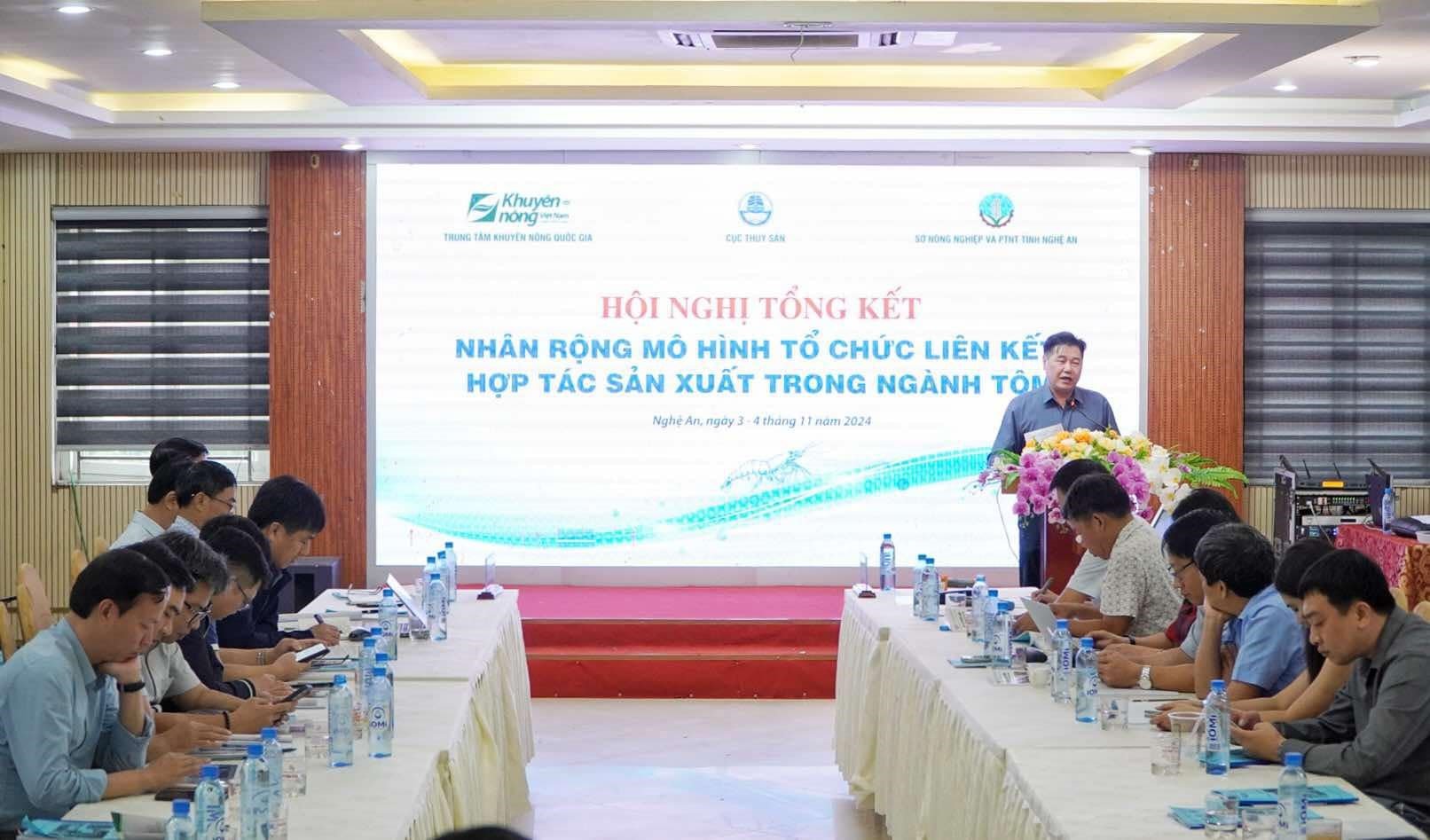
On November 4, in Cau Giat town, Quynh Luu district, Nghe An province, the National Agricultural Extension Center, the Department of Fisheries in coordination with the Department of Agriculture and Rural Development of Nghe An province organized a conference to summarize and replicate the model of organizing linkages and production cooperation in the shrimp industry. Photo: D.P
Vietnam has become the world's third largest shrimp supplier, with an export value accounting for 13-14% of the world's total shrimp export value. Every year, the shrimp industry contributes about 40-45% of the total seafood export value, equivalent to 3.5-4 billion USD.
In Nghe An, the shrimp industry is identified as the main product of the agricultural sector. Shrimp farming activities are currently concentrated in five localities: Hoang Mai Town, Quynh Luu, Dien Chau, Nghi Loc and Vinh City with about 1,200 farming facilities. The annual farming area is about 1,600 hectares. Shrimp output is 10,000 tons/year.
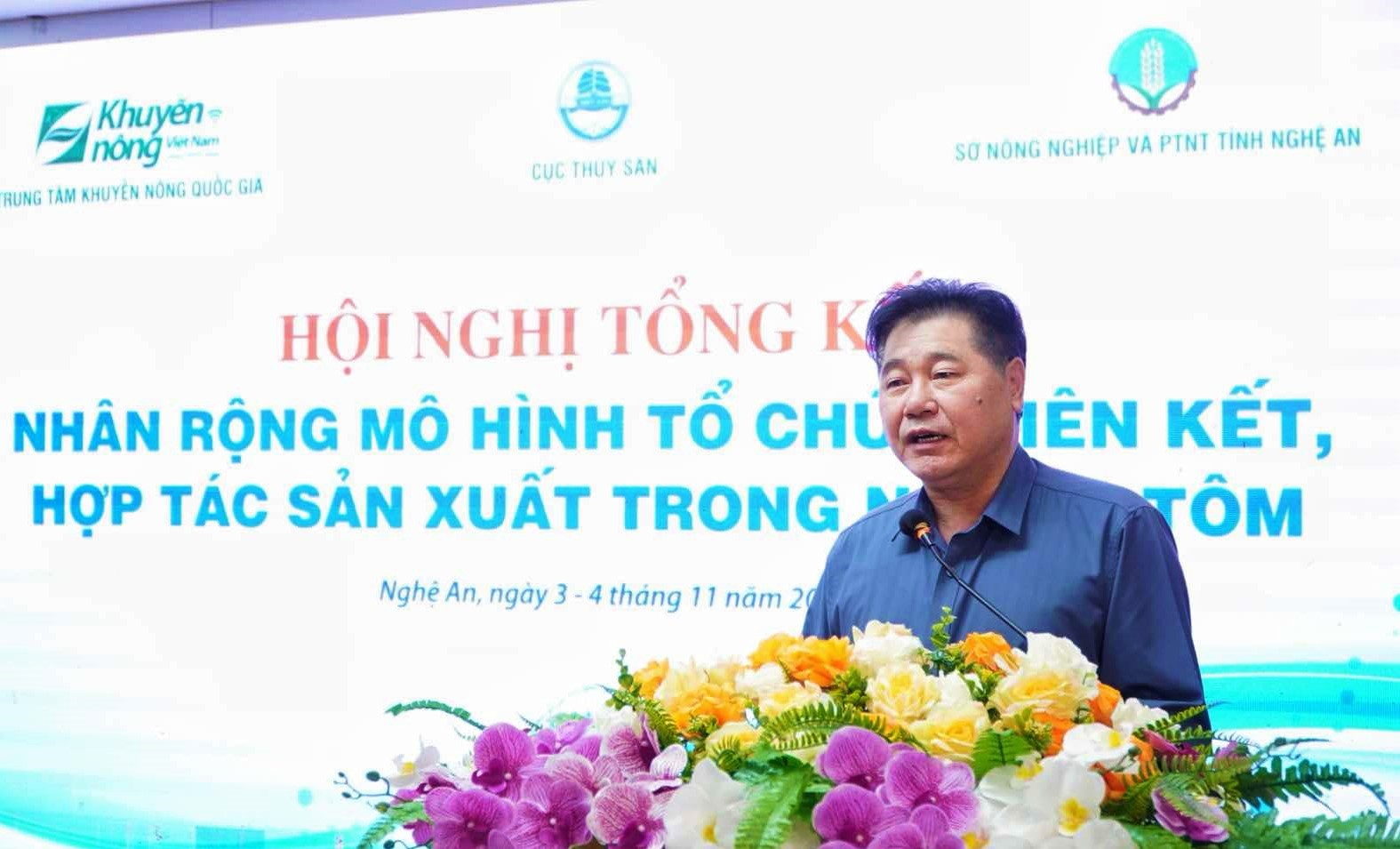
Mr. Le Quoc Thanh - Director of the National Agricultural Extension Center spoke at the conference. Photo: D.P
To support the development of agricultural production, including shrimp farming, Nghe An Provincial People's Committee has had a number of policies such as: Supporting the establishment of new agricultural cooperatives, supporting the consumption of agricultural products according to the value chain, supporting 80% of the cost of certification for agricultural product models meeting VietGAP, GlobalGAP, HACCP standards, supporting 50% of the cost of product traceability stamps from cooperatives.
At the conference, delegates listened to reports from agencies and units and shared experiences from a number of cooperatives and businesses on applying technical advances and cooperation in shrimp farming models.
The representative of the Cooperative Group for Shrimp Farming on Sand in Quynh Lap Commune, Hoang Mai Town, Nghe An Province said: Since the establishment of the cooperative group, households have had a common voice. Thereby, the cooperative group has promptly reflected and proposed problems to the government, sent representatives to negotiate and sign cooperation agreements with companies for breeds, feed, preparations, and output for shrimp. From there, both quality is ensured, input prices are reduced, output is guaranteed, and members are regularly updated with knowledge from leading shrimp farming experts in the country.
To ensure sustainable linkages, the cooperative has established Memorandums of Understanding and cooperation contracts with agencies and enterprises with more specific terms of commitment between the two parties. It can be affirmed that the cooperative can take the lead in chain linkages in the present and the future. The cooperative also requests that management agencies at all levels and enterprises pay attention to accompanying the Quynh Lap sand shrimp farming cooperative in the future.
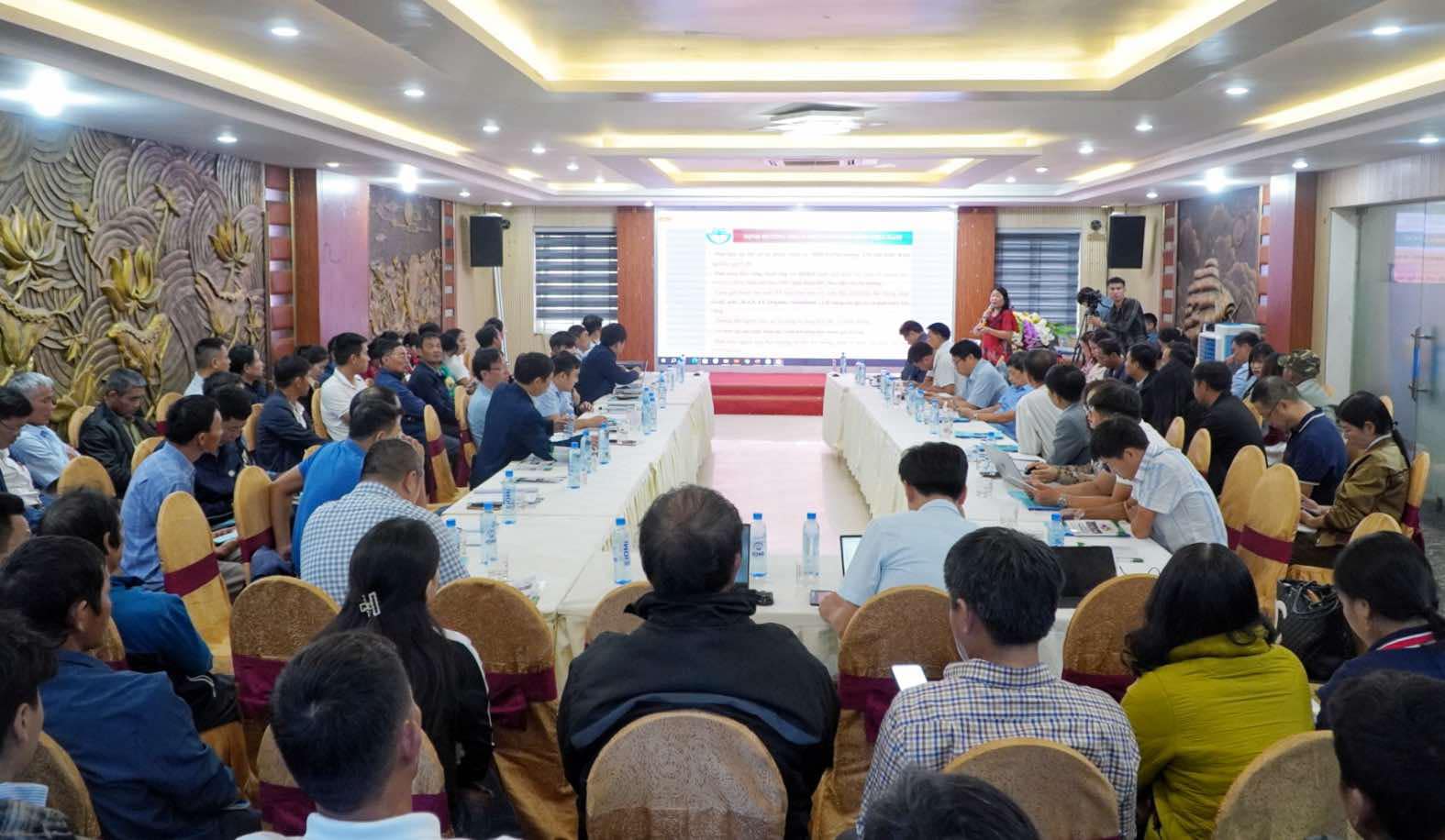
Delegates attending the conference on November 4, in Cau Giat town, Quynh Luu district, Nghe An province. Photo: D.P
Besides the achievements of the shrimp industry in recent times, according to the assessment of the National Agricultural Extension Center, the shrimp industry has not yet fully exploited its potential, advantages of nature, people and the attention of the state.
In addition to limitations in financial resources, climate change, planning, etc., a major cause is that the linkages and cooperation between actors in the shrimp value chain are still fragmented, loose and ineffective. These causes negatively affect product quality and traceability, reducing the competitiveness of Vietnamese shrimp products in the international market.
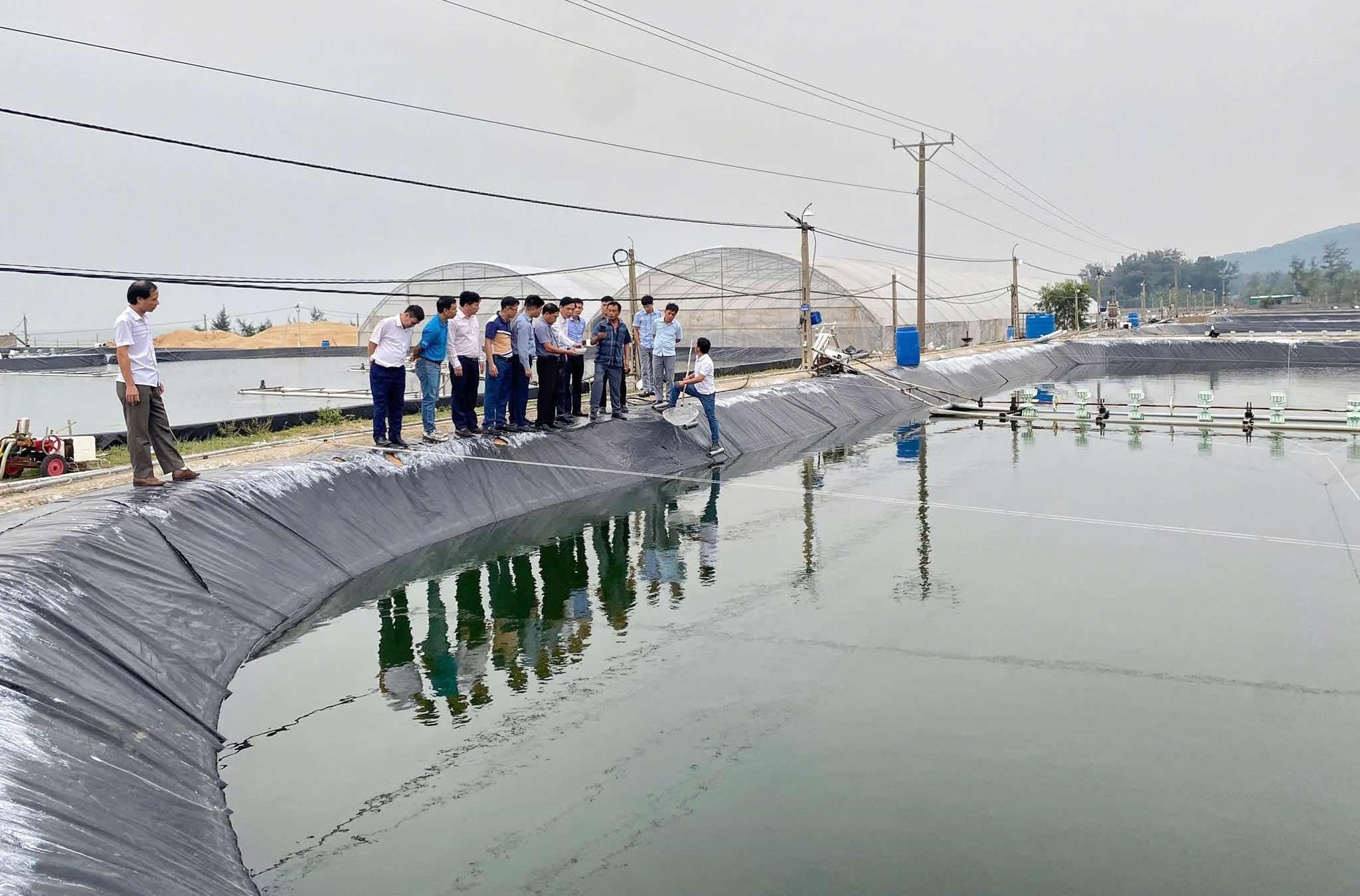
Conference delegates also visited some shrimp farming models in Hoang Mai town, Nghe An province. Photo: D.P
10 solutions to remove obstacles in developing Vietnam's shrimp industry
At the conference, the Department of Fisheries proposed 10 focused solutions to solve the problems in the development of Vietnam's shrimp industry. The first is the solution on land policy, including the inclusion of aquaculture planning in the local socio-economic planning. There is a policy on land consolidation to implement land allocation, granting long-term land use right certificates to farming households or to use as collateral for development loans.
Financial and credit policies also need to be simplified with reasonable, long-term interest rates. In addition, the agricultural sector also needs to focus on investing in essential infrastructure. At the same time, it is necessary to improve the capacity of enterprises and farmers in economic linkages and resolve the relationship of interests in economic linkages.
Develop cooperation and association models based on organizing small-scale production facilities, dispersed into cooperatives, cooperatives, and professional associations. In addition, it is necessary to research and form enterprises in shrimp farming, processing and consumption according to production areas to improve production efficiency and product value.
At the same time, solutions to strengthen propaganda, training, coaching, transfer of scientific and technological applications, trade promotion, market expansion, and brand building were also proposed by the Department of Fisheries. Enhancing the role of industry associations and legal awareness of subjects in the linkage between production, processing and consumption were also emphasized.
In his concluding remarks at the conference, Mr. Le Quoc Thanh - Director of the National Agricultural Extension Center affirmed: "The conference is an opportunity for managers, scientists, businesses, cooperatives, and cooperative groups in the shrimp industry to exchange experiences, share information, and build sustainable connections. From there, we will propose fundamental solutions to remove the bottlenecks and challenges that the shrimp industry is facing so that in the future, the shrimp industry will develop more sustainably."
Before that, the conference delegates also visited some shrimp farming models in Hoang Mai town, Nghe An province.
Source: https://danviet.vn/chuyen-gia-nha-quan-ly-doanh-nghiep-va-nong-dan-nuoi-tom-ban-giai-phap-nang-gia-tri-chuoi-nganh-tom-2024110415315717.htm






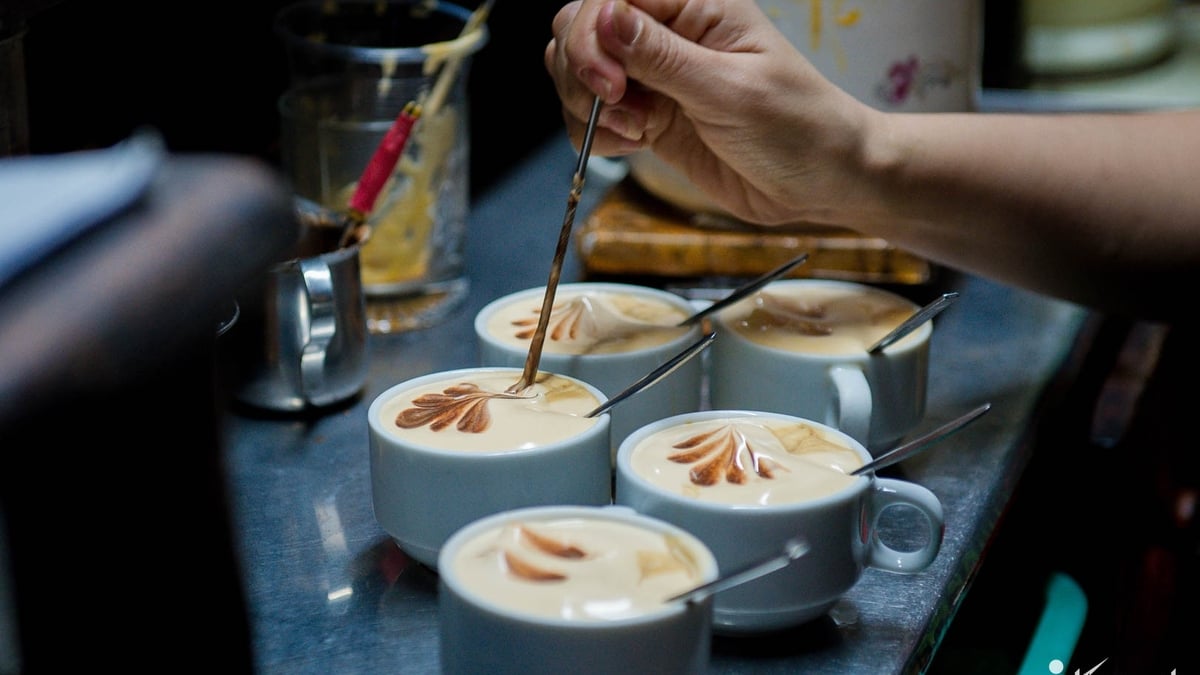



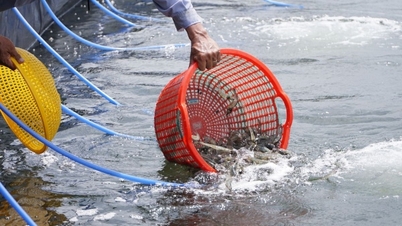

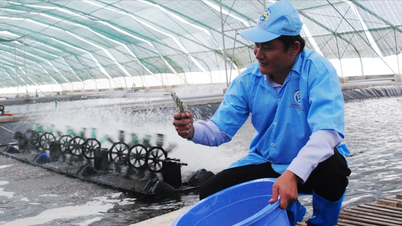


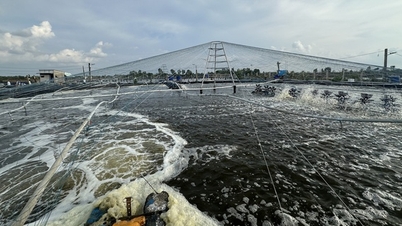



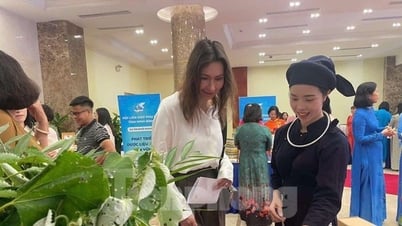
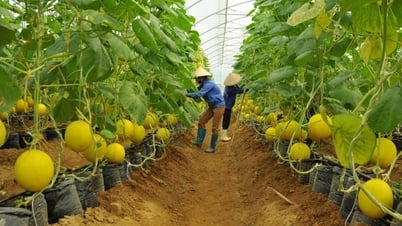
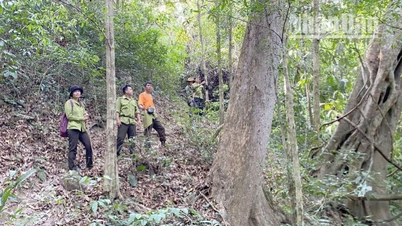
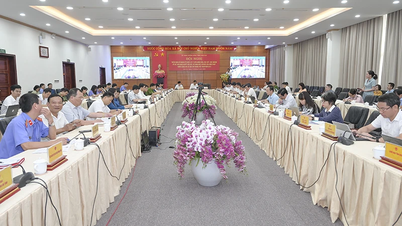
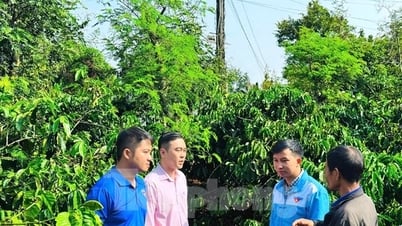
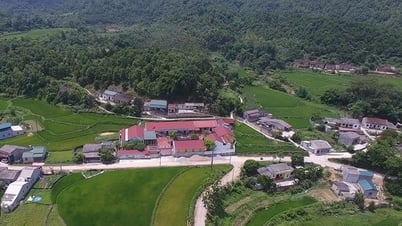






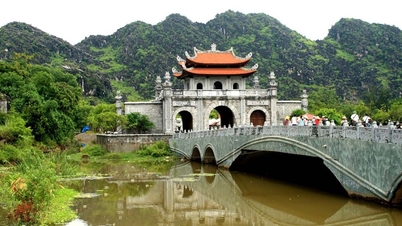
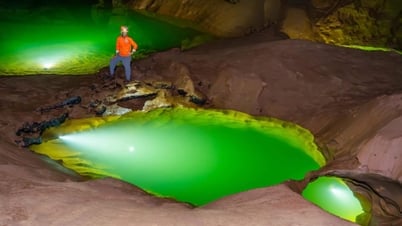
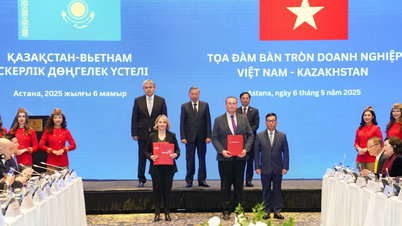


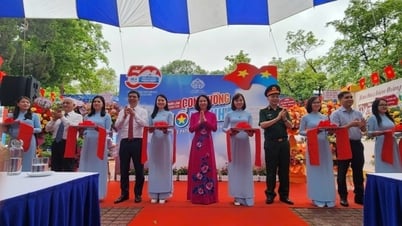

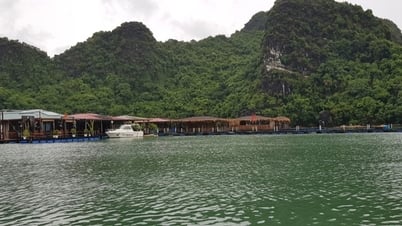







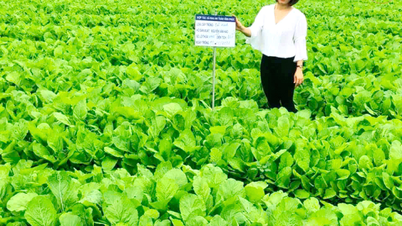

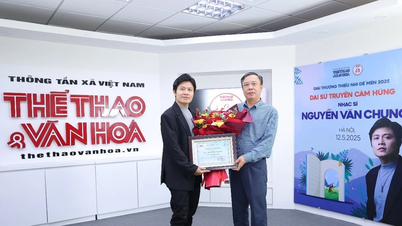



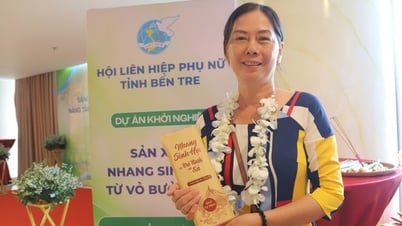















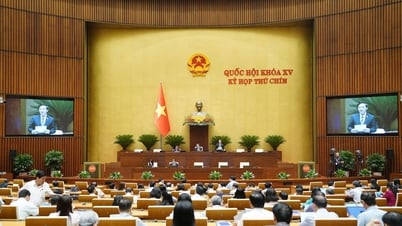



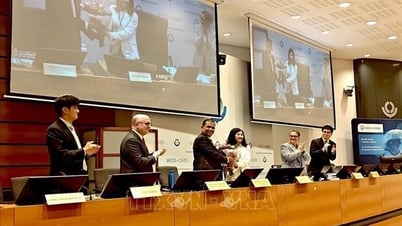



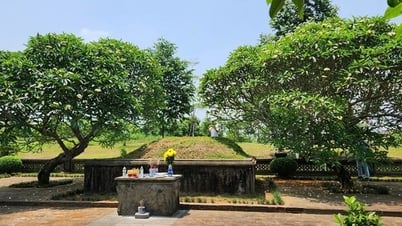

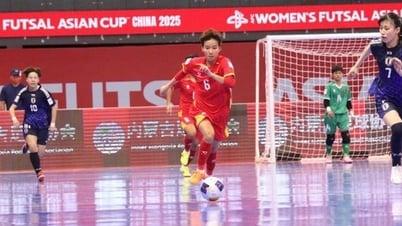
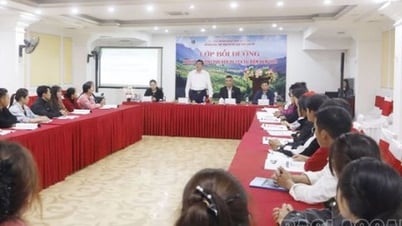
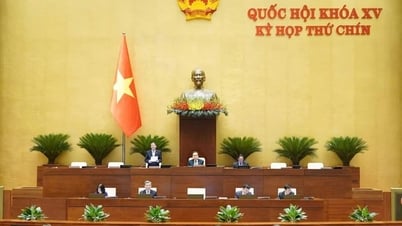



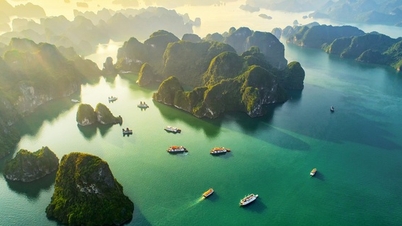


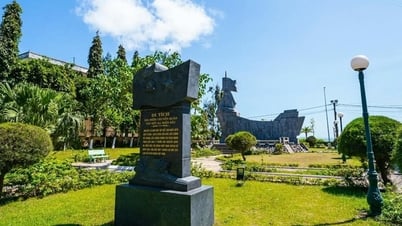

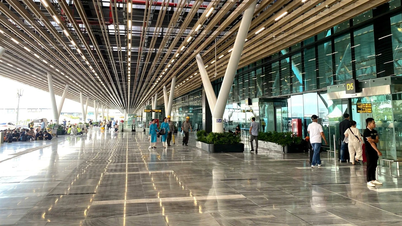
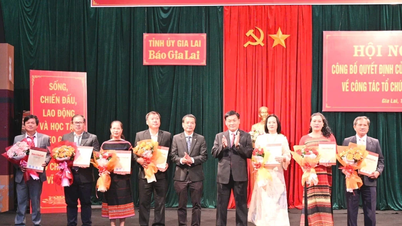



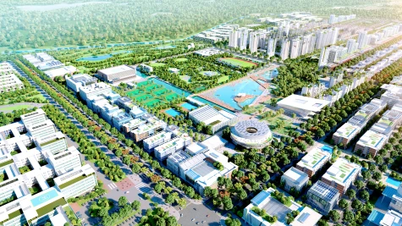




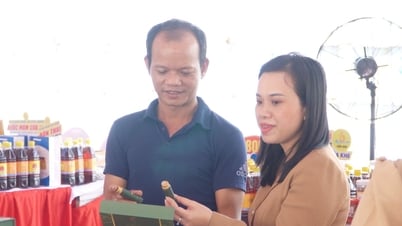

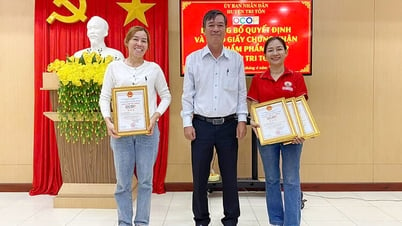


Comment (0)